Confess it!
You’ve done the unthinkable. You’ve tried calisthenics without gloves and your hands hurt.
You’re bugged that even the most simple exercises feel like lava running down your soft and delicate skin.
After those first chin ups you felt the guilt of letting yourself down and even worse, now your hands are missing a patch of skin.
But before you throw in the towel of defeat, know this – it’s never an easy road to a place worth going.
If it were, you probably wouldn’t want to be there.
So don’t hold up the white flag.
You can build a layer of indestructible skin on your hands that will make any glove obsolete.
Want to know how?
FREE 7 Day Course: Click here to join the 7 Days Of Beast Mode course to get 99.9% of my best tips and tricks to naturally boost your muscle building testosterone levels in 7 days.
The Only Glove You Need For The Rest Of Your Life
Did you know that you actually have the ability to make your own glove?
I know it sounds weird, but the reason why you need ‘gloves in the first place’ is because your natural gloves are made of ‘cheap’ skin.
Yes, the skin on your hands.
As with every part of your body, if not used consistently it becomes ‘fragile’.
So how can you improve the ‘strength of your natural glove’?
Just like with muscles, the skin needs progressive overload to adapt.
This means that over time you increase the demands you put on it.
Initially this might be doing a simple form of hanging which requires just a small amount of load.
Over time this can transition into muscle ups, which generates a lot of load on that same skin.
By now you might have come to the realisation that I’m not a fan of gloves.
They actually create a weak link in your body. The skin on your hands.
Toughening up that skin does not only allow you to grab things without being afraid of ripping it, it also increases your grip strength.
There might be situations in which gloves can be a useful tool, but if you really want to train EVERY part of your body, the skin should not be left behind.
Keep in mind that just like you can end up with sore muscles, you can also end up with a ripped skin.
Even the more advanced calisthenics practitioners still rip their skin every now and then.
It’s part of the game.
The secret is in stopping when you need to, because if you rip your skin too much it might end up preventing you from working out.
It might give you some Instagram likes, but it doesn’t benefit your training ;).
But what about sweaty hands?
Key Takeaway: Instead of getting and relying on gloves, develop a layer of extra skin on your hands by NOT using gloves. Be smart in the way you develop this layer by applying progressive overload while at the same time giving your hands enough time to recover.
A Simple Tool Against Sweaty Hands
What can you do when you keep sliding down the bar, because of sweaty hands?
In order to have a stronger grip, make sure you use magnesium chalk.
This prevents you from sliding down the bar or the rings.
It’s cheap and still allows your skin to develop an extra layer of callus.
That way you kill two birds with 1 stone.
You allow your skin to become thicker while at the same time giving you more grip by using it against sweaty hands.
Key Takeaway: Use magnesium chalk to prevent yourself from losing grip due to sweaty hands.
The Simple Callus Toolkit To Prevent Your Hands From Ripping
When your calluses are thick enough another problem occurs.
They now rip because of the thickness.
The reason? The built up calluses become a very hard and inflexible top layer.
This is exactly the opposite of what you want, because that top layer rips off easily with enough friction.
That’s why you want to have strong and calloused hands, while at the same time keeping the skin flexible.
Flexible and strong vs strong and inflexible.
What can you do to manage your calluses?
First use a callus stone to scrape away the really hard parts and then cream or oil your hands to hydrate the skin afterwards.
Do this every few weeks or whenever your calluses become thick and inflexible.
Overall Takeaway: How to build and maintain natural gloves? The 4 short steps.
- Don’t wear gloves when you train, especially when you are a beginner.
- Apply progressive overload and allow the skin to slowly adapt.
- Use magnesium chalk against sweaty hands and for more grip.
- Manage the thickness of your calluses by using a callus stone and oil the skin after scraping away the excess top part to keep it flexible and hydrated every few weeks or when deemed necessary.
Ready To Get More Skin In The Game?
The idea of getting back on those bars hurts.
Following the path of ‘resistance’ is a painful one, but turning your back on it doesn’t make it easier.
Nobody would notice, but you would care.
You would notice, and it would gnaw at your soul.
You can do this. Really, you can.
It just takes a healthy dose of patience and preparation. Perhaps a bit of grit and a teeth-grinding effort.
But your hands will be stronger than they’ve ever been. You won’t need extra gloves, you’ll build a layer of protective skin.
So go on – jump on that bar, rip the skin.
The next time jump on it again, rip it again, but a little less.
Then again, until you don’t rip your skin anymore.
You rip the bar.
Beast mode ON!
Now I’d like to hear from you:
Did you like this post?
Or maybe you have a question.
Either way, make sure you get your download and leave a quick comment below right now.

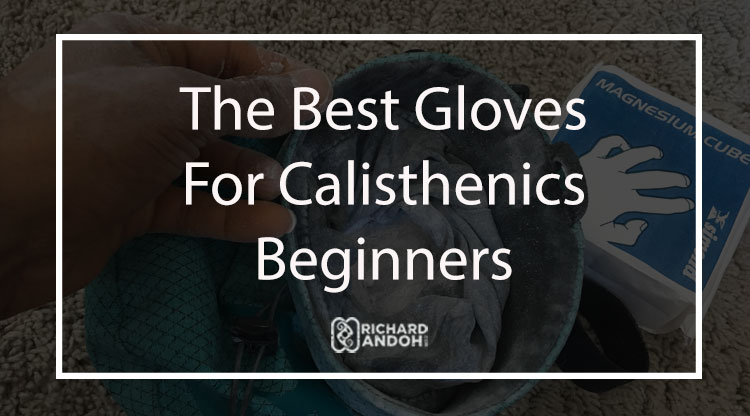
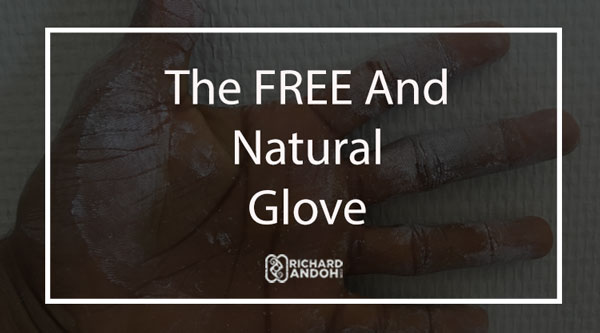
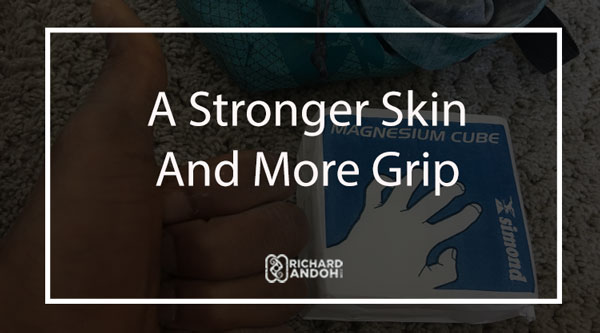
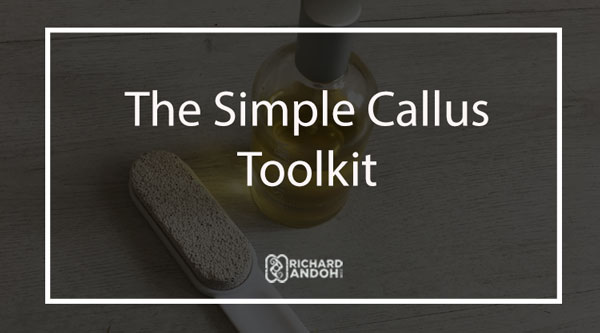
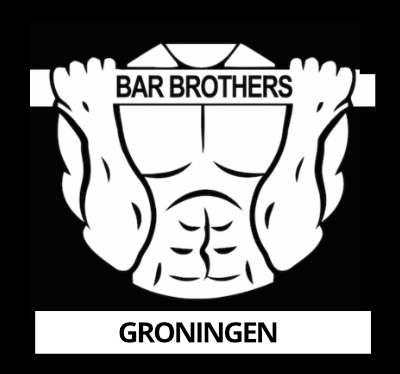
Hi rich, it’s my first comment after reading tons of your articles
I started doing calesthenics bacause of your blog haha..thanks for your motivation
My girlfriend start blaming you because of calluses on my hands haha
Beast mode on from Indonesia
Sorry for my insufficient english anyway
-Cahjo-
Hey Cahyo,
Thanks for your support my friend!
You can all blame it on me ;).
Keep up the good work my friend. Terima kasih.
Beast mode ON!
Well, I cant use chalk because the gym I go wont allow it and I do have sensitive skin.
Hey Aiman,
Great point.
The reason why you have sensitive skin is because you haven’t build up a layer of protection.
But do what you think is right, I’m just talking from experience here.
Beast mode ON!
Hi there,
I just stumbled upon your website because I was just about to buy a pair of calisthenics gloves. I’ve been practicing calisthenics for a few months now and have been going at it hard these past few weeks. Cold bars at 7 AM and calluses on my hands were convincing me to buy something to protect my soft skin.
I just want to thank you, Rich, for keeping it real. I haven’t even read any of your other articles, but I’m quite grateful for having read this one. You just got a new follower.
Time to buy some chalk and rip the bars
Cheers!
João
Hey Joao,
Thanks a ton for your message, it means a lot.
Good luck with ripping those bars ;).
Beast mode ON!
Yo Rich!
I’ve been lurking your blog for a while and I need to thank you. This is the firsts time I’ve found a blog that explains EVERYTHING on the matter in a simple but deep way. Keep it rolling!
I have a question. What do you think of the fingers grip to prevent a bit the calluses? I’m a beginner and I don’t know if it’s better to get used to it or to the normal palm grip (seems to be stronger and firmer)
Thanks a ton!
Hey Mattia,
That’s a big compliment, thanks!
I try my best for as long as I can.
You can definitely play around with your grip and how to exactly place your hand. Part of preventing blisters is also in developing a degree of awareness on how and where to place the hands.
In general, I’d recommend normal grip for a multitude of reasons, the primary being, activation of your muscular chain.
Read more about the importance of grip here: https://www.quora.com/How-important-is-a-full-grip-on-pull-ups-and-chin-ups
*Fist bump*
Rich